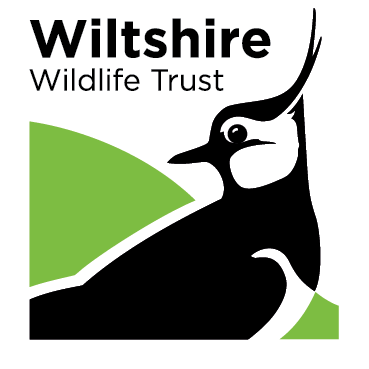Search
Search
Key climate change terms explained
Young Ambassador Charlie explains the key terms used in conversations about climate change.
Spiny squat lobster
A bizarre half lobster/half crab, this squat lobster is one of the true stunners of the rocky shore!
Updates to our policies
This page is your resource for tracking recent updates and significant changes made to our organisational policies, including but not limited to our Privacy Policy, Cookies Policy, and Terms and Conditions.
Field Cow-Wheat: Hope for this Unlikely Magenta Marvel
Field cow-wheat (Melampyrum arvense) is a striking plant, sending up bright purple sprays of flowers in the summer. Our Conservation Lead for the South, Caroline, describes this peculiar plant,…
Step back in time at Coombe Bissett Down
Have you ever wondered what where you live, work or walk looked like over half a century ago?
Giant house spider
The giant house spider is one of our fastest invertebrates, running up to half a metre per second. This large, brown spider spins sheet-like cobwebs and pops up in the dark corners of houses,…
Forest School Taster Sessions for Adults
Get active for nature: walk, run, cycle, wheel or swim to raise money for wildlife!
Wiltshire Wildlife Trust joins other Wildlife Trusts across the country in challenging nature lovers to join the Big Wild Walk this October half term and raise money to help protect Britain’s…
Running for a Wilder Wiltshire
Emerald damselfly
The metallic-green Emerald damselfly can be seen from June to September around ponds, lakes, ditches and canals. Unlike other damselflies, it holds its wings half-open when perched.
Limestone pavement
Slabs of smooth grey rock, incised with deep fissures and patterned with swirling hollows and runnels sculpted by thousands of years of rainwater, form an unlikely wildlife habitat. Look a little…
